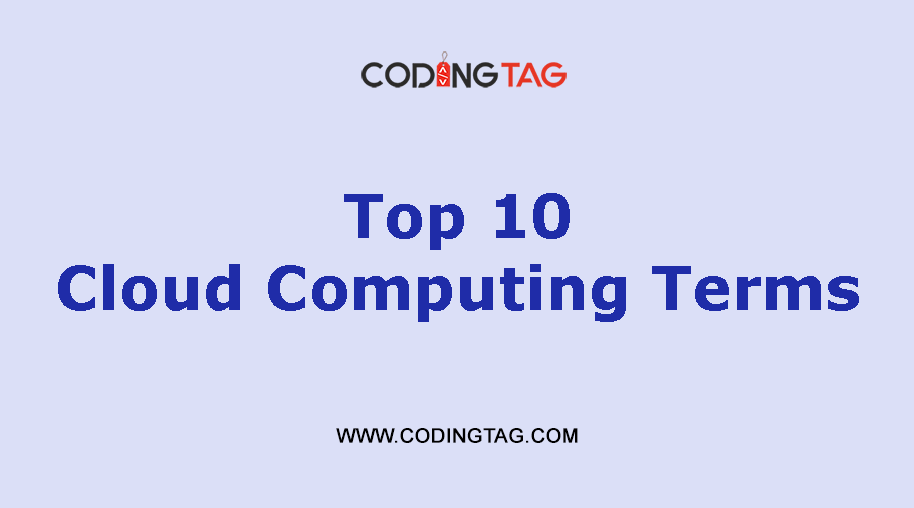AWS Lambda Basics
0 419
⚙️ AWS Lambda Basics: Getting Started with Serverless Functions
AWS Lambda is a compute service that lets you run code without provisioning or managing servers. It's part of the broader serverless ecosystem on AWS, allowing you to execute logic in response to events such as API calls, file uploads, or database triggers. Lambda takes care of the infrastructure—so you can focus entirely on your application code.
📌 How AWS Lambda Works
Lambda functions are triggered by events. When an event occurs, AWS automatically spins up the environment, executes your code, and shuts it down after completion. You only pay for the compute time you use, measured in milliseconds.
Common triggers include:
- Amazon API Gateway (HTTP requests)
- Amazon S3 (file uploads)
- DynamoDB Streams (database changes)
- Amazon EventBridge or CloudWatch Events (scheduling)
🛠️ Basic Structure of a Lambda Function
# Python Example: lambda_function.py
def lambda_handler(event, context):
message = f"Hello, {event.get('name', 'World')}!"
return {
'statusCode': 200,
'body': message
}
This function reads the input from the event object and returns a simple message. The context parameter contains runtime metadata (like function name, timeout, memory).
⚡ Setting Up Your First Lambda Function
- Go to the AWS Lambda console.
- Click Create Function.
- Select Author from scratch.
- Choose a name, runtime (e.g., Python 3.9 or Node.js 18.x), and execution role.
- Click Create function.
After creation, you can paste your code directly into the in-browser editor or upload a .zip file or container image.
🚀 Deploying with AWS CLI
# Create Lambda function from zipped source using AWS CLI
aws lambda create-function \
--function-name hello-lambda \
--runtime python3.9 \
--role arn:aws:iam::123456789012:role/lambda-exec-role \
--handler lambda_function.lambda_handler \
--zip-file fileb://function.zip
Replace the IAM role with one that has permission to execute Lambda and access any integrated services like S3 or DynamoDB.
🔁 Event-Driven Integration Example
Let’s say you want a Lambda to run every time a new file is uploaded to an S3 bucket. Here’s a basic trigger setup:
# Using AWS CLI to add an S3 trigger to an existing Lambda
aws s3api put-bucket-notification-configuration --bucket my-bucket \
--notification-configuration '{
"LambdaFunctionConfigurations": [
{
"LambdaFunctionArn": "arn:aws:lambda:us-east-1:123456789012:function:hello-lambda",
"Events": ["s3:ObjectCreated:*"]
}
]
}'
This allows the Lambda to react automatically when files are uploaded to the specified bucket.
📏 Memory and Timeout Settings
Each Lambda function has configurable memory (128 MB to 10 GB) and timeout duration (up to 15 minutes). These directly affect performance and cost. More memory = more CPU power = faster execution (and potentially lower cost).
# Update memory and timeout settings
aws lambda update-function-configuration \
--function-name hello-lambda \
--memory-size 512 \
--timeout 60
📊 Monitoring and Logging
AWS Lambda integrates tightly with CloudWatch Logs. Every invocation generates log entries, which are helpful for debugging and performance analysis.
# View logs in AWS Console:
CloudWatch > Log groups > /aws/lambda/hello-lambda
You can also create CloudWatch metrics, dashboards, and alarms to monitor usage patterns and failures.
🔐 IAM Roles and Permissions
Each Lambda function requires an IAM execution role. This role defines what AWS services your function can access. Always follow the principle of least privilege—only grant access to what's necessary.
# Example: Basic IAM policy for Lambda to read S3 files
{
"Version": "2012-10-17",
"Statement": [
{
"Effect": "Allow",
"Action": ["s3:GetObject"],
"Resource": "arn:aws:s3:::my-bucket/*"
}
]
}
📚 Common Use Cases
- Serverless APIs (with API Gateway)
- File processing pipelines (with S3)
- Real-time notifications and alerts
- Database triggers (with DynamoDB or Aurora)
- Automated backups, cleanups, or workflows
🎯 Conclusion
AWS Lambda is a powerful tool for modern, cloud-native applications. It lets you build highly scalable, cost-efficient services without worrying about the underlying infrastructure. Whether you're building APIs, automating file processes, or triggering data workflows, Lambda helps you move fast and scale automatically. As with any tool, understanding its limitations—like cold starts and execution time—is key to making the most of it.
If you’re passionate about building a successful blogging website, check out this helpful guide at Coding Tag – How to Start a Successful Blog. It offers practical steps and expert tips to kickstart your blogging journey!
For dedicated UPSC exam preparation, we highly recommend visiting www.iasmania.com. It offers well-structured resources, current affairs, and subject-wise notes tailored specifically for aspirants. Start your journey today!

Share:





Comments
Waiting for your comments